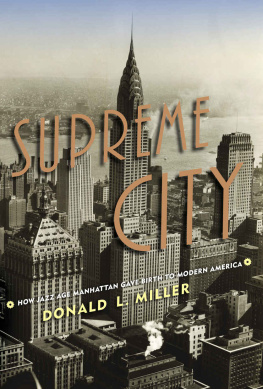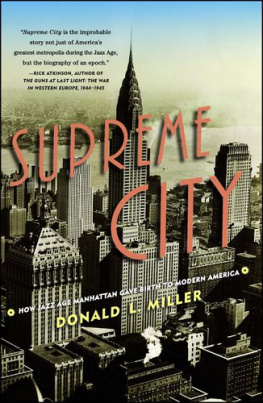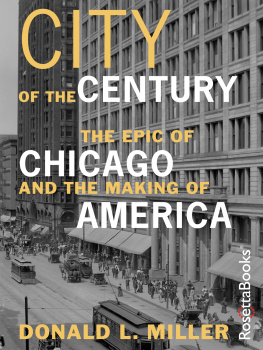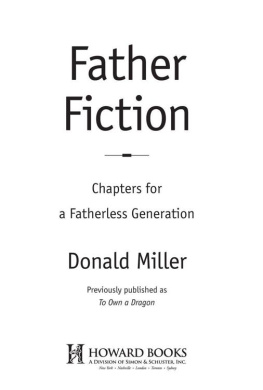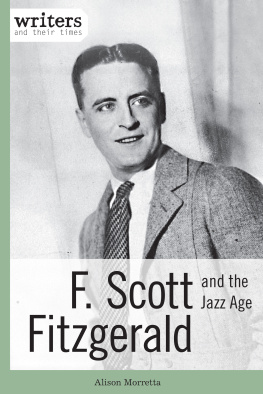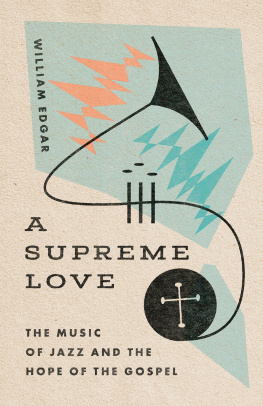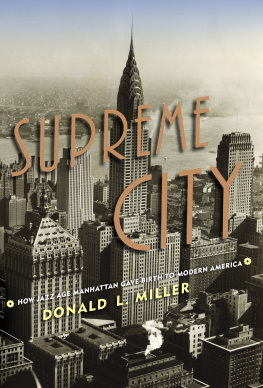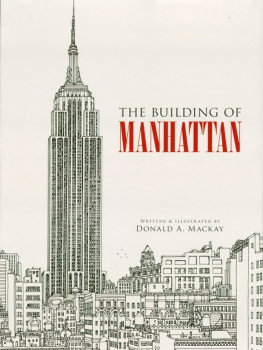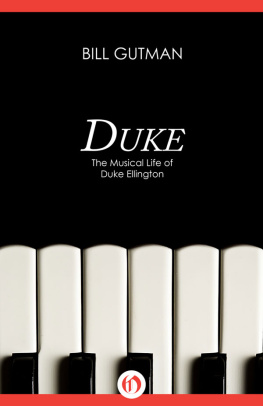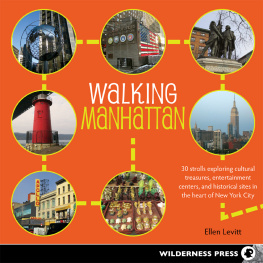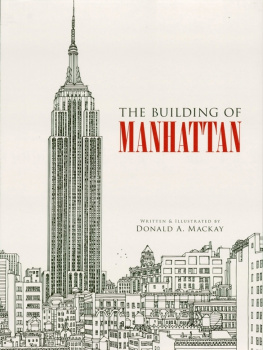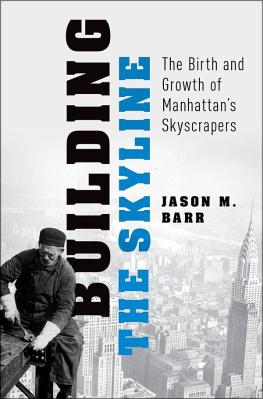PRAISE FOR

A great skyscraper of a book. Supreme City is the improbable story not just of Americas greatest metropolis during the Jazz Age, but the biography of an epoch.
Rick Atkinson, author of The Guns at Last Light: The War in Western Europe, 19441945
Sparkling.... The history of dozens of astonishing newcomers wholargely in one tumultuous decade, the 1920smade New York into what Duke Ellington called the capital of everything.... Miller skillfully weaves these different and colorful strands into a narrative both coherent and vivacious.... The full story richly deserves his original synthesis and, for me, makes New York even more fascinating.
Robert MacNeil, The Washington Post
Sweeping.... Enjoyable.... [In the 1920s] New York was the United States intensified, an electric vessel into which the hopes and desires of a nation were distilled. As Mr. Millers vivid and exhaustive chronicle demonstrates, Jazz Age Manhattan was the progenitor of cultural movementsindividualized fusions of art and commercethat came to symbolize the American way of life.
David Freeland, The Wall Street Journal
Lower Manhattan dominated New York for three hundred years. In the 1920s, however, as Donald L. Miller makes clear in a page-turning book with an astonishing cast of characters, Midtown became the beating heart of the metropolis. Supreme City is about how these few square miles at the center of a small island gave birth to modern America. If you love Gotham, you will love this book.
Kenneth T. Jackson, Barzun Professor of History, Columbia University and Editor-in-Chief, The Encyclopedia of New York City
[An] entertaining new history of Manhattan in its modern heyday.... Accessible, romantic, sweeping and celebratory.
Beverly Gage, The New York Times Book Review
Supreme City sings with all the excitement and the brilliance of the Jazz Age it recounts. Donald Miller is one of Americas most fervent and insightful writers about the urban experience; here he gives us New York City at its grandest and most optimistic.
Kevin Baker, author of The Big Crowd
Donald L. Millers latest triumph.... [He] elegantly introduces one vivid character after another to recreate a vital and archetypical era when, as Duke Ellington declared, the whole world revolved around New York.
Sam Roberts, The New York Times
Supreme City captures a vanished Gotham in all its bustle, gristle, and glory.
David Friend, Vanity Fair
A splendid account of the construction boom in Midtown Manhattan between World War I and the Great Depression, and the transformation of transportation, communications, publishing, sports, and fashion that accompanied it.... [Miller is] a virtuosic storyteller.
Glenn C. Altschuler, The Philadelphia Inquirer
Millers Supreme City is an awesome book on an awesome subject, a time in the history of New York City when commerce and culture engaged in a symbiotic relationship, spurring an unprecedented boom in architecture, art, music, theater, popular culture and communications that lit up the city, then America, and then the world.
Allen Barra, The Daily Beast
Donald L. Miller has long been one of my favorite historians. Anyone who reads Supreme City will understand why. Miller brilliantly examines the birth of Midtown Manhattan during the glorious Jazz Age. Its the story of how a gaggle of success-hungry out-of-townersincluding Duke Ellington, Walter Chrysler, E. B. White, and William Paleyturned the Valley of Giant Skyscrapers near Grand Central Terminal into the symbolic epicenter of wealth, power, and American can-doism. Highly recommended!
Douglas Brinkley, Professor of History, Rice University and author of Cronkite
Lively... synthesizes a vast amount of material on everything from skyscrapers to showgirls to create a scintillating portrait of Manhattan in the 20s.... Much of Supreme City s charm comes from the amiable way Donald Miller ambles through Jazz Age Manhattan, exploring any corner of it that strikes his fancy.
Wendy Smith, The Daily Beast
Miller captures the heady excitement and enduring creativity of 1920s Manhattan.... Conveying the panoramic sweep of the era with wit, illuminating details, humor, and style, Miller illustrates how Midtown Manhattan became the nations communications, entertainment, and commercial epicenter.
Publishers Weekly (starred review)
An award-winning historian surveys the astonishing cast of characters who helped turn Manhattan into the world capital of commerce, communication and entertainment.... The narrative bursts with a dizzying succession of tales about the politicos, impresarios, merchants, sportsmen, performers, gangsters and hustlers who accounted for an unprecedented burst of creativity and achievement.... A scholarly... social history but one with plenty of sex appeal.
Kirkus Reviews (starred review)
Thank you for downloading this Simon & Schuster eBook.
Join our mailing list and get updates on new releases, deals, bonus content and other great books from Simon & Schuster.
C LICK H ERE T O S IGN U P
or visit us online to sign up at
eBookNews.SimonandSchuster.com
CONTENTS
To Chuck Manoli, who got our minds moving
Every American is eaten up with a longing to rise.
ALEXIS DE TOCQUEVILLE, DEMOCRACY IN AMERICA
There are roughly three New Yorks. There is, first, the New York of the man or woman who was born here.... Second, there is the New York of the commuter.... Third, there is the New York of the person who was born somewhere else and came to New York in quest of something. Of these three trembling cities the greatest is the lastthe city of final destination, the city that is a goal. It is this third city that accounts for New Yorks high-strung disposition, its poetical deportment, its dedication to the arts, and its incomparable achievements.
E. B. WHITE, HERE IS NEW YORK
PREFACE

T his book began as a vastly larger enterprise: a history of New York Cityall five boroughsin the years between World War I and World War II. Not long into the research, however, I was strongly drawn to a story within the larger story I had set out to tellthe transformation of Midtown Manhattan in the 1920s from a commercial backwater with one consequential skyscraper, the twenty-five-story Times Tower on Times Square at Forty-second Street and Broadway, into the entertainment and communications center of New Yorkand Americaand a business district that rivaled Wall Street in power and consequence. This transformation began in earnest with the completion of Grand Central Terminal in 1913, the magnet project for the reconstruction of Midtown, and reached its apogee in 1927, the year David Sarnoffs new NBC radio network went national, the Roxy and Ziegfeld Theatres opened, and real estate prince Fred F. French completed his Art Deco skyscraper on Fifth Avenue, one of the first terrifically tall buildings north of Forty-second Street.
In 1927, the year of Charles Lindberghs solo flight from New York to Paris, the tempo of the city had changed sharply... recalled F. Scott Fitzgerald. The parties were bigger and the buildings were higher, the morals were looser and the liquor was cheaper.... The Jazz Age now raced along under its own power, served by great filling stations full of money.

